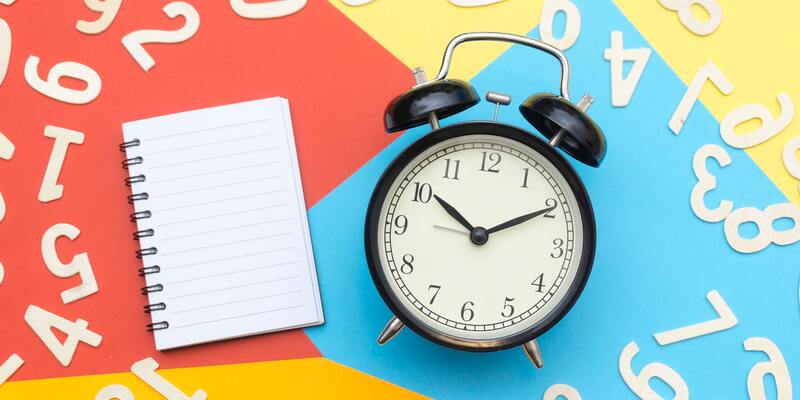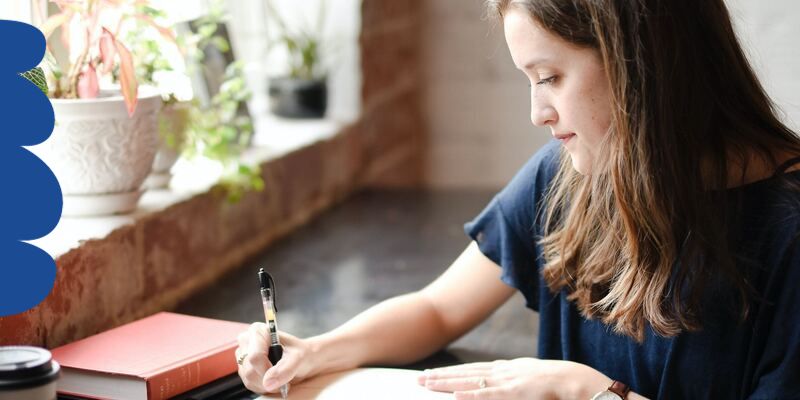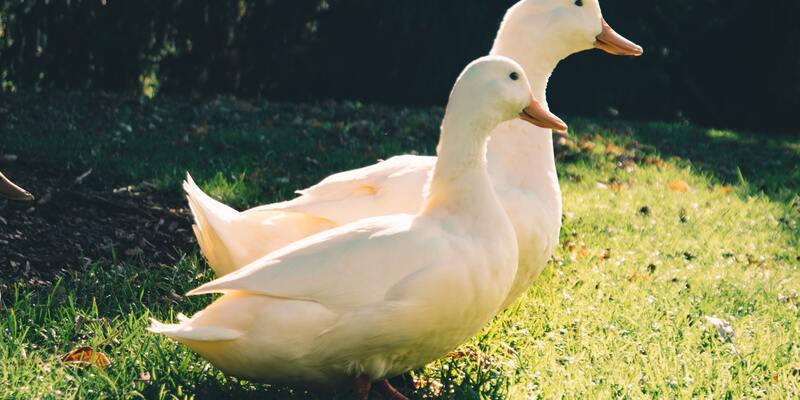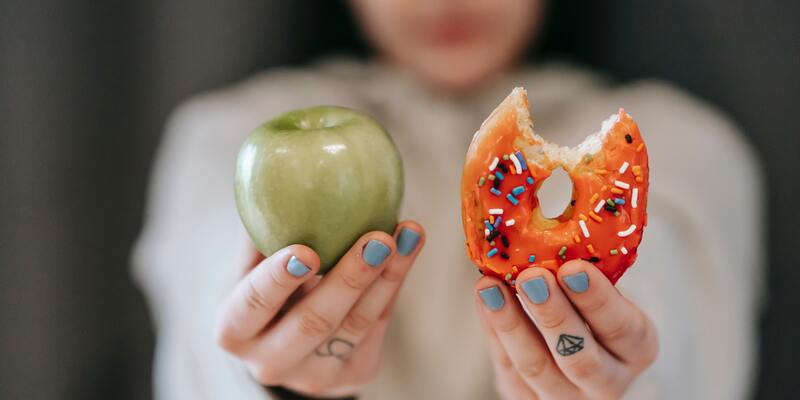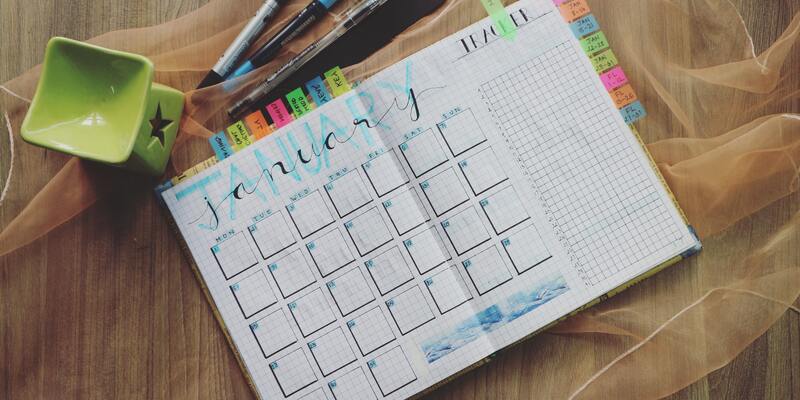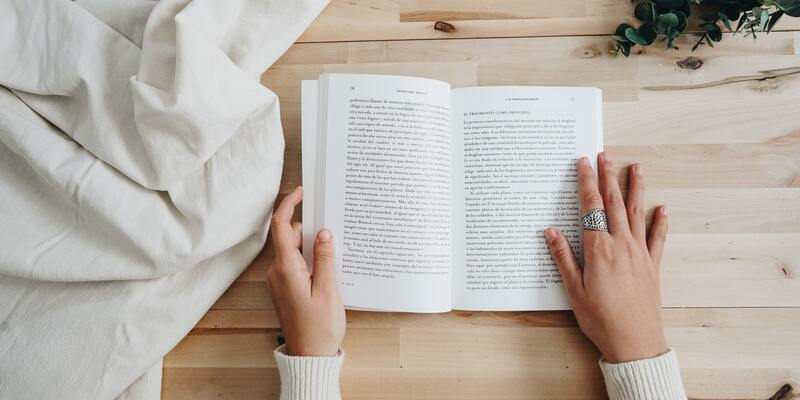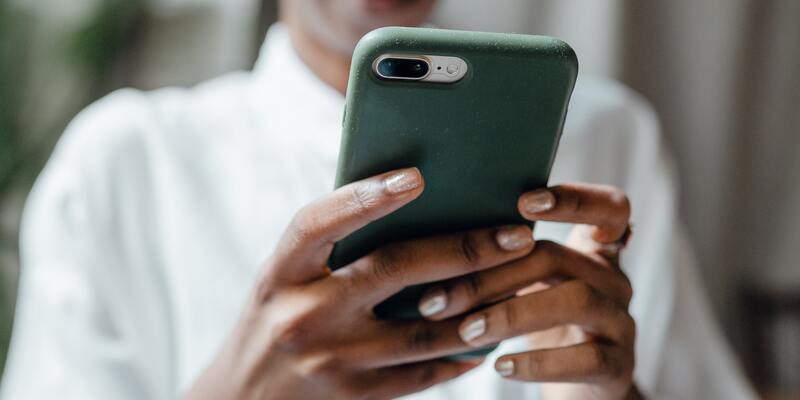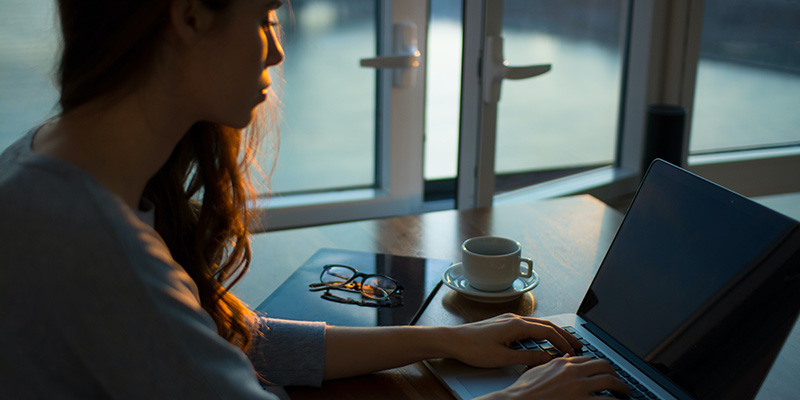Intention setting 101: the secret to beating procrastination
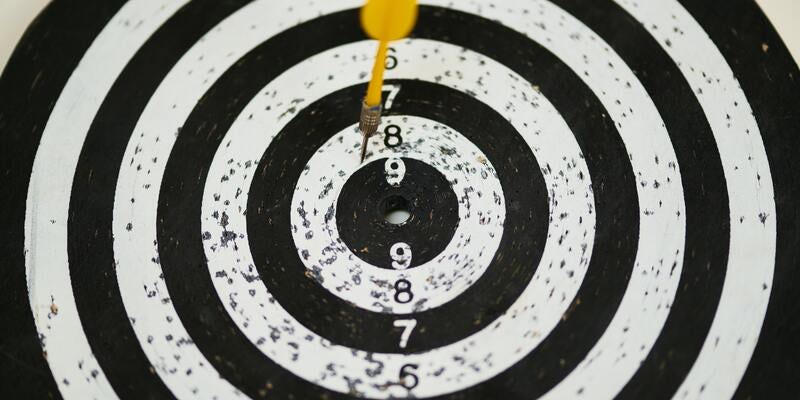
By Eleanor Hope-Jones
•
Feb 09, 2023
When it comes to setting intentions you might feel a little bit dubious.
Intention setting lives in that liminal space somewhere between psychology and spirituality, but they’re backed up by a lot of science!
From improving the health of your relationships to setting positive intentions for work, the intention-setting process helps you focus on your desired outcome to arrive at happiness naturally.
Let's take a closer look at what setting intentions means, how to get started with setting intentions and all the glorious benefits of this kind of personal development.
What is an intention?
Setting intentions is stating what you want to experience and achieve. Some examples of daily intentions might include:
I will spend less time on my phone
I will practice gratitude
I will speak kindly to myself
I will let go of things that don’t serve me
I will prioritize myself and my sleep
I will move more for my body and mind
You can create more personalized intentions based on your priorities in life.
Setting intentions is a practice that has been gaining traction in recent years. It's a powerful tool that can help you overcome procrastination, achieve goals, and practice mindful living in daily life.
How do you set intentions?
There are several different techniques you can use with setting intentions to make the process as effective as possible. Try experimenting with different combinations to find what makes the perfect daily intention-setting ritual for you.
Download our intention-setting worksheet
Our Notion planner will help you craft your intentions for the day and make you believe you can do them as well!
Writing
Once you’ve decided on your intention, writing it down and reflecting on it is the first step in making it a reality.
We recommend writing things down long hand, as it’s proven to be more effective in learning and retaining information than typing. It also gives you clarity on what your intention is and helps you stay focused on it throughout the day.
Visualization
Studies have even shown that when we focus on visualizing a skill, we improve our ability to do the thing we’re imagining. A 2020 study found that elite athletes use visualization to improve concentration, muscle strength, self-confidence and motor skills.
When done properly, visualization works so well because the subconscious processes the experience as real, and it fires the same neurons as if you were actually doing the task.
To try visualization make sure you're detailed about the emotions you'll experience, the environment you'll be in, the task you're doing and when you'll be doing it. For the best results include the five major senses:
Touch
Hearing
Sight
Smell
Taste
Try closing your eyes, focusing on your intention and asking yourself questions like:
What emotion will I be feeling when I do this?
What will my breathing be like?
What will I be listening to whilst I'm doing this?
What will I be seeing whilst this is happening?
To accomplish great things we must first dream, then visualize, then plan... believe... act!
Affirmations
Affirmations are written statements to help you believe good things about yourself. They rely on you writing or saying positive truths out loud, and willing yourself to believe them.
They're one of the best defences against negative self-talk, though they can feel uncomfortable if you've never tried them before, as you may not believe what you're saying.
For example, just before a big meeting, you might repeat to yourself: "I am strong, confident and centered" even if you do not feel that way. Over time these words will begin to feel less uncomfortable and eventually even true.
Studies have shown self-affirmations improve aspects of performance related to executive functioning, like improving your working memory or your inhibition drive.
(Also known as the ability to say no to a piece of cake even when you want it!)
Rituals
A ritual is simply creating a short routine with intention behind it.
Creating a ritual can be as simple as lighting a candle and going through your affirmations or taking a few deep breaths before you start writing down your intentions.
Rituals encourage you to set a specific time and place for your intentions, making you more likely to do them, add them to your morning routine and be present when you do.
Some people use a calendar to create a ritual of setting monthly intentions. You can also create a daily intention ritual and link it to things like your morning cup of coffee.
When should I set my intentions?
Lots of people create a ritual around their daily intentions first thing in the morning so they can start their day mindfully. But it’s a unique and personal decision as to what time of day works best for you, and how often you want to set them.
You may be a night owl who prefers to plan your day just before you go to sleep. Or you may prefer to make your intentions around a monthly ritual, that you then reflect on every lunchtime.
Try our deep work personality quiz
Discover which techniques and practices will work best for you. You'll receive a tailored plan of tips and tricks when you complete the quiz.
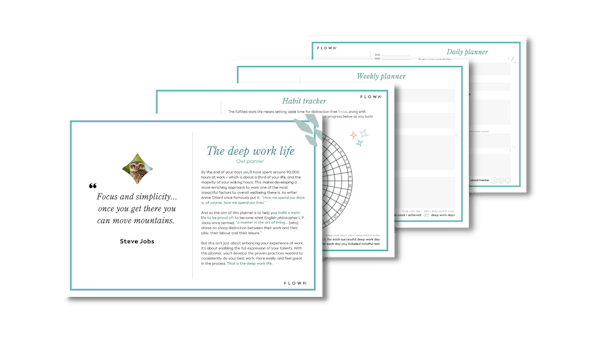
Why do people use intention setting?
Setting intentions has become so popular because of just how wide a range of benefits it generates. Not only are you more likely to achieve your intention but the act itself is a way of taking control of your day and your attitude.
Setting intentions also helps:
Clarify your goals: By setting an intention, you can get clear on what you want to achieve and who you want to be. This helps you keep focused and take action to make it a reality.
Increase motivation: When you set an intention, you commit yourself to achieving something. This is a fantastic way to kickstart your motivation engine for the day.
Improve self-awareness: Setting intentions can help you become more aware of your strengths and weaknesses, and help you reflect on what you need to make better decisions.
Reduce stress: Having an intention can help you stay focused on the present moment and decide how you want to respond mindfully. For example, if you set an intention of going with the flow today you may be able to respond more calmly to changes in your routine.
Create a routine: Bookending your day with intention is a great way to ease yourself into the work day, or set boundaries around when it finishes.
Focus on the present moment
Is there an intention you want to set right now?
Consider taking a moment to write it down, visualize what it would be like to achieve and affirm that you’re capable of your intention. Imagine what living with this intention would feel like, and how it would change your life day to day.
That’s the power of setting intentions.
Flown can help you set intentions and live mindfully
Flocks are digital co-working spaces, designed to free you from distraction and get more done than you thought possible.
FLOWN runs X Flocks every weekday, as well as 2 early morning take-off sessions to help you set your intentions and plan your day. Find out more about the science behind FLOWN and how deep work can change your life.



